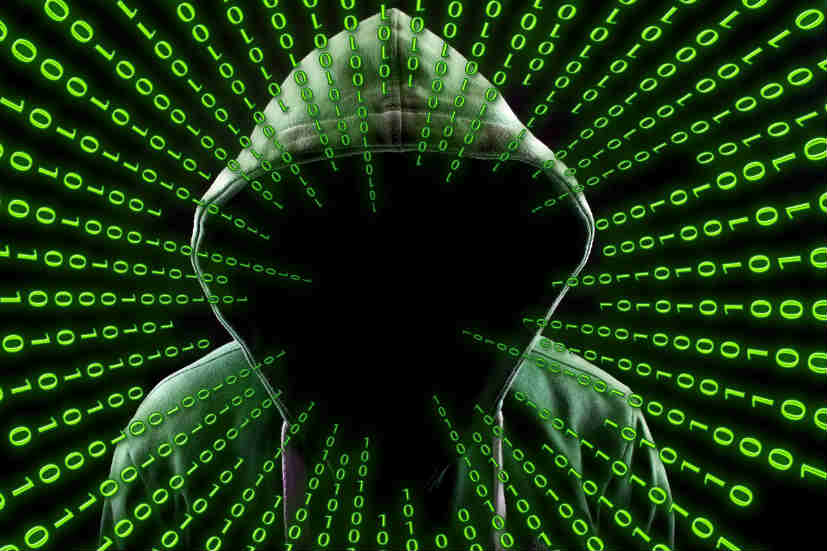The World Economic Forum’s (WEF) Global Risks Report 2018 lists cyberattacks as the primary cause of world disturbance in the next five years after natural disasters and severe weather conditions.
The report reads: “In a worst-case scenario, attackers could trigger a breakdown in the systems that keep societies functioning.” Industry infrastructures including power grids and water purification systems are main targets for hackers, reports CNBC.
Former NATO Supreme Allied Commander for Europe James Stavridis said: “We’re headed toward a cyber Pearl Harbor, and it is going to come at either the grid or the financial sector…we need to think about this cyberattack as a pandemic.”
During the Organisation for Economic Cooperation and Development forum in Paris, cyber executive and professional hacker Tarah Wheeler said: “The more I speak to people, the more they think that the next Pearl Harbor is going to be a cyberattack.”
Wheeler said the infrastructures are not well-protected and that people are not paying attention to the disruptions.
Wheeler said: “The inevitability is based in the easy access to the kinds of exploits that still work 10, 15, 20 years after they’ve been revealed.”
There are not many reports from industry researchers and technology firms to attest that the infrastructures are successfully fighting the inimical effects of the attacks. Companies that run critical infrastructure such as health infrastructure on external platforms can’t be reconditioned for bug fixes and the like.
The WEF report concludes that cyber criminals are expanding their targets and threats in the industry mainly “because the use of cloud services continues to accelerate and the internet of things is expected to expand from an estimated 8.4bn devices in 2017 to a projected 20.4bn in 2020.”


